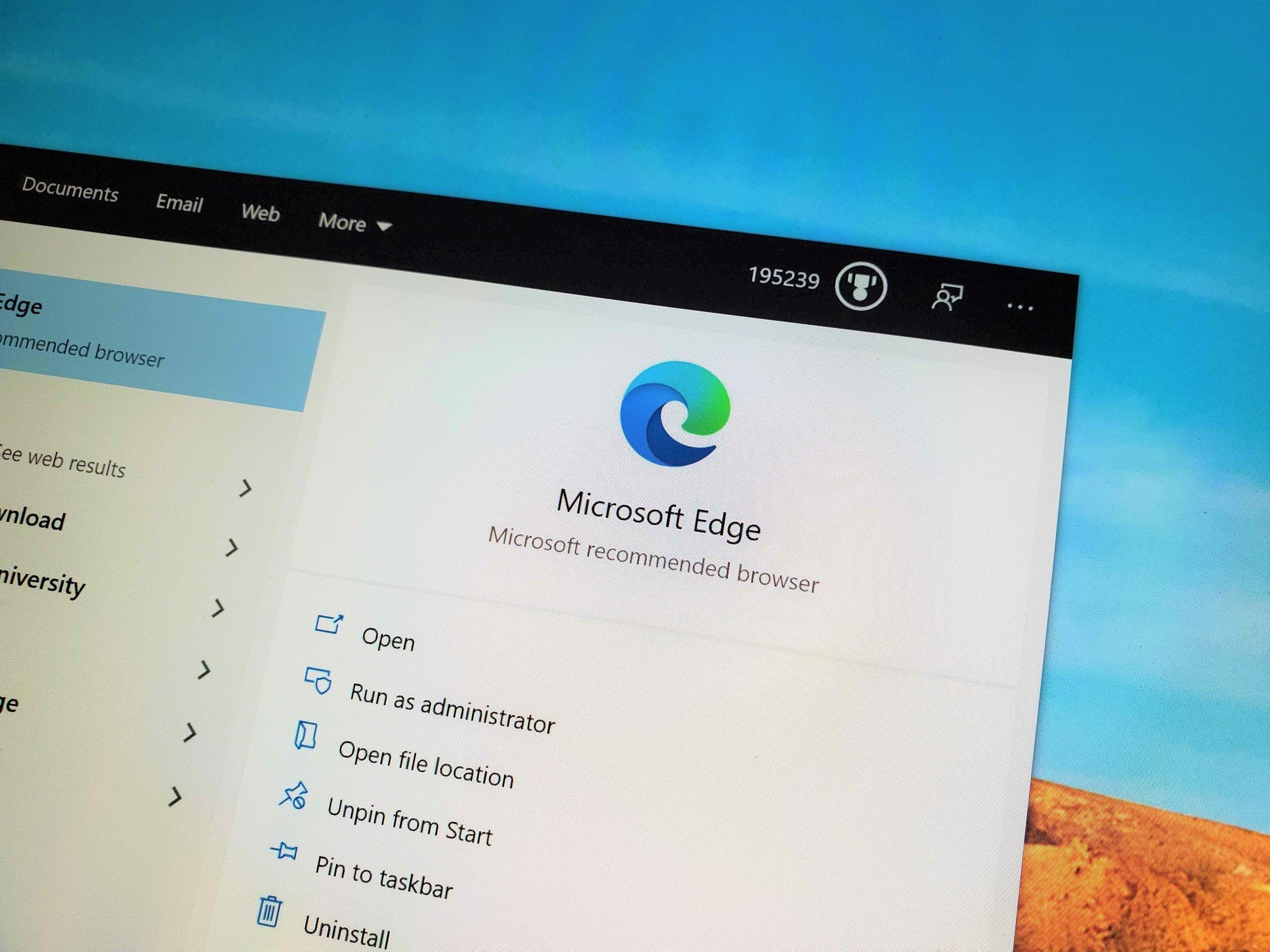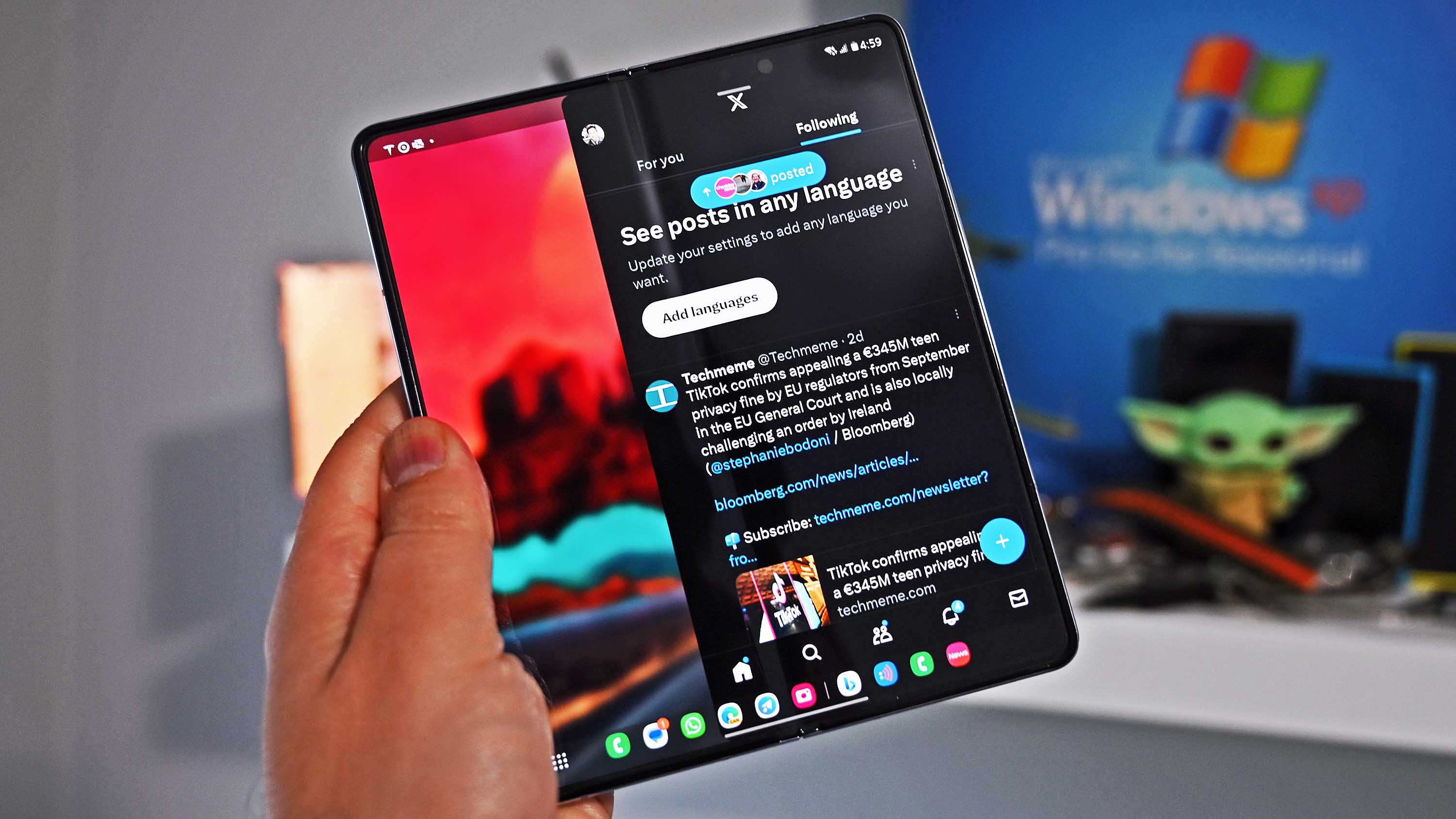Microsoft Edge will tell you when your password is compromised
Microsoft Edge's Password Monitor will let you know when a password isn't safe anymore.

What you need to know
- Password Monitor is rolling out to Microsoft Edge Dev and Canary.
- The feature helps you know when a password isn't safe to use anymore.
- Password Monitor checks your passwords against a database of breached credentials.
Microsoft Edge Dev and Canary now have a Password Monitor that lets you know when a password isn't safe anymore (via Techdows). Password Monitor checks your password against a database of breached credentials, letting you know that your password needs to be changed. Microsoft updated its page that breaks down Password Monitor yesterday.
As Microsoft points out, many people use the same password across multiple sites. That means that when there's a data breach for a site, people can try your password across other sites with some success. Hackers can use this method to hijack accounts and perform illegal or dangerous activities with someone else's account.
Password Monitor proactively checks the passwords you've saved in Edge against a database of breached credentials. According to Microsoft, your information is encrypted during this process and only you know the password that is compromised.
Here are the steps to turn on Password Monitor, as outlined by Microsoft:
- Make sure you're signed in to Microsoft Edge using your Microsoft account or your work or school account.
- In your browser settings, go to Profiles > Passwords.
- Turn on the toggle next to "Show alerts when passwords are found in an online leak". After the toggle is turned on, any unsafe passwords will be displayed on the Password Monitor page in your browser settings > Passwords.
If a password is compromised, you should change it immediately. You should also consider using a password manager to make more secure passwords that aren't used across multiple websites.
All the latest news, reviews, and guides for Windows and Xbox diehards.

Sean Endicott is a tech journalist at Windows Central, specializing in Windows, Microsoft software, AI, and PCs. He's covered major launches, from Windows 10 and 11 to the rise of AI tools like ChatGPT. Sean's journey began with the Lumia 930, leading to strong ties with app developers. Outside writing, he coaches American football, utilizing Microsoft services to manage his team. He studied broadcast journalism at Nottingham Trent University and is active on X @SeanEndicott_ and Threads @sean_endicott_.
